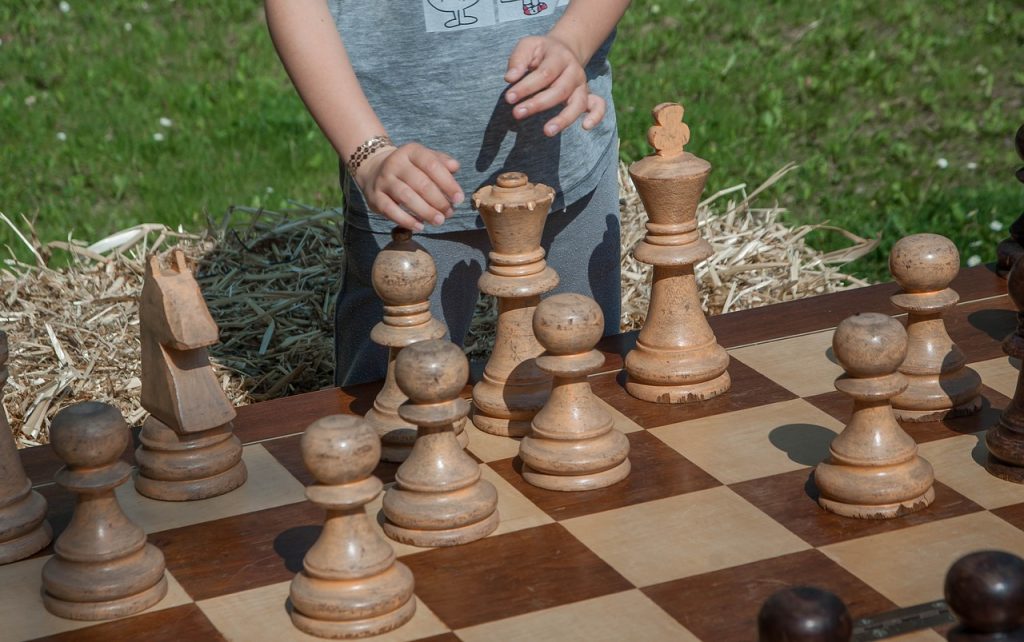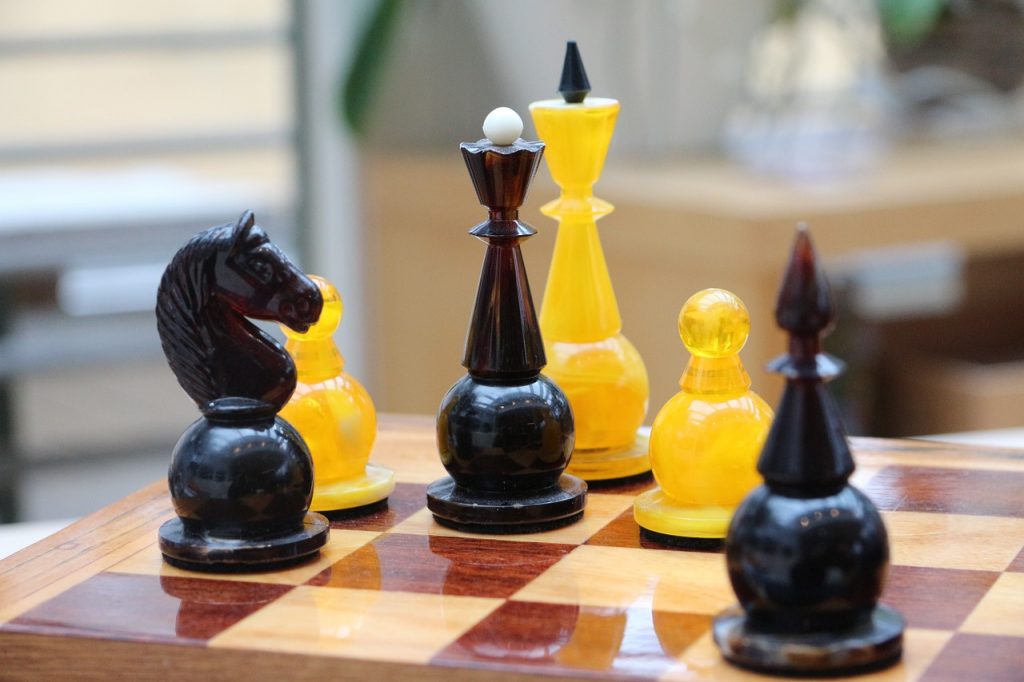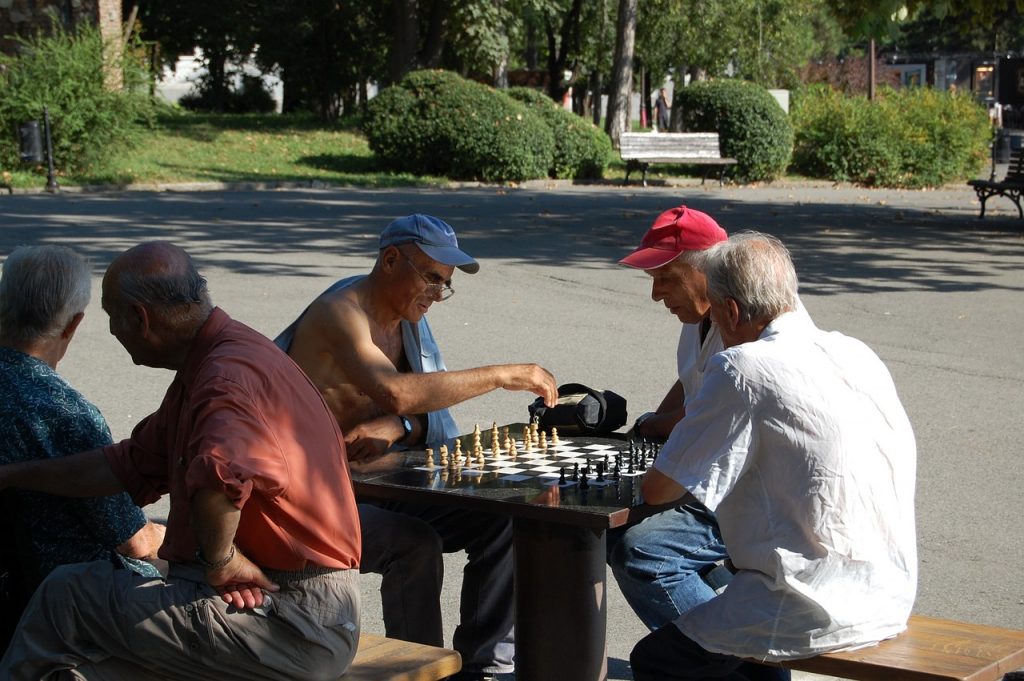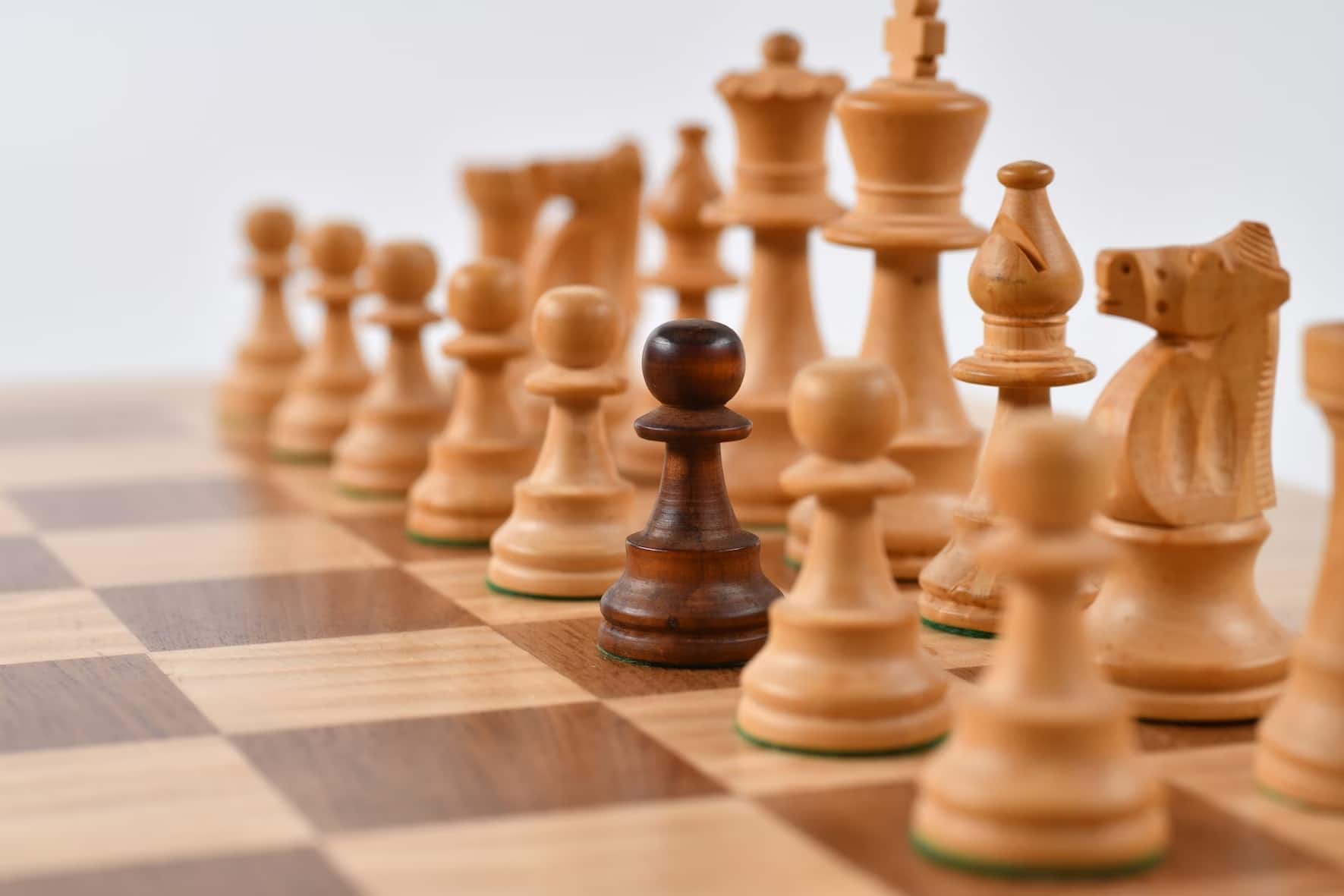Table of Contents
The Mieses opening
The Mieses opening is one of those openings that look questionable, but actually involves a lot of ideas. This is included as an irregular opening in the chess openings encyclopedia.
It starts with a weird movie, and so many players, masters or not, could say there are better moves to go on the position. But this didn’t stop so many popular players to try it out against other masters of great caliber.
Garry Kasparov himself tried out the Mieses opening against Deep Blue in the famous “man vs machine match”. The Mieses opening can lead to other variations, but usually, you get into inferior transpositions.
However, the Mieses opening has kind of a system, that is universal for anything that black plays. It’s one of those openings that play with weird hidden ideas that may help you in the end.
Today we will learn how to play the Mieses opening, we will review some games from a great grandmaster: Hikaru Nakamura. The two times U.S chess champion is a specialist of this kind of “quiet” openings with white.
If you want to master the Mieses opening, make sure you read until the end!
The main lines of the Mieses opening
To enter the Mieses opening we must play 1.d3 as the first move with white. Immediately we see how this move is questionable, it doesn’t control any important central square. But it has other ideas, let’s see the mainline:
1.d3 e5 2.Nd2 Nf6 3.g3 d5 4.Bg2 Nc6 5.Ngf3 and we have ourselves a king’s Indian defense with reverse colors on the board. This is the most normal way to play this position, and it actually involves many ideas of the King0d Indian Attack.
The thing is that the Mieses opening also has some extra ideas, that the king’s Indian attack doesn’t have. For example, developing the c1 bishop to b2, instead of the normal c1-h6 diagonal. Also developing the b1 knight to c3 instead of d2, because it will not go the regular route (d2-f1-g3-f5).
You could even play with c4 in some cases, before developing the knight to c3, which is also a common idea.
However, all of these ideas also form part of the Mieses opening in some variations, let’s see some examples:
Example game (With ideas explained)
1.d3 e5 2.Nf3 Nc6 3.c4 Nf6 4.a3 d6 5.Nc3 Be7 6.g3 O-O 7.Bg2 Be6 8.O-O Qd7 and we reach this position on the board:
We can see that different from the King’s Indian Attack you have more plans. For example, advancing the pawns in the queenside, hitting the d6 pawn with c5. Also, you can play b5 to disturb the c6 knight and put pressure on the b7 pawn.
Forcing your opponent to advance, say b6, and then weakening more his position with a5! This is a typical plan that you see in the English opening, it applies here because we have a similar structure.
This is a game between Garry Kasparov and Deep Blue played in 1997. Kasparov had a great idea in mind, trying out new variations to have the machine out of his openings book.
This is the main idea of this opening, and also the idea that Nakamura has in mind each time he plays this variation. Before going into that, let’s see an example of the grandmaster Hikaru Nakamura:
Plans and ideas of the Mieses opening
The main idea of the Mieses opening is to attack the queenside by advancing the pawns and creating weaknesses. This will be better if we can keep the position on the center static.
As we have seen, we could play the Mieses always with the same setup, the following:
If …d6 is playable against every white’s response on chess, then 1.d3 should be playable as well. The main idea that many masters have is to get people out of the book, don’t confuse, playing something out of theory is an effective strategy.
To resume ideas:
The Mieses opening for white
White should try to attack the queenside, keep the center static to operate with no problems in the queenside. That’s exactly what Hikaru did, then, proceeded to operate and generated a passed pawn.
The Mieses opening for black
As we have seen, the mistake that decided the game we just saw was Black’s passivity. In the end, all come to the main principles in chess, and that’s something that we always repeat:
If my opponent is attacking is one side of the board I must react in the center!
That’s what black should try to do always.
You may also like:
Dragon Sicilian Defense Guide!











